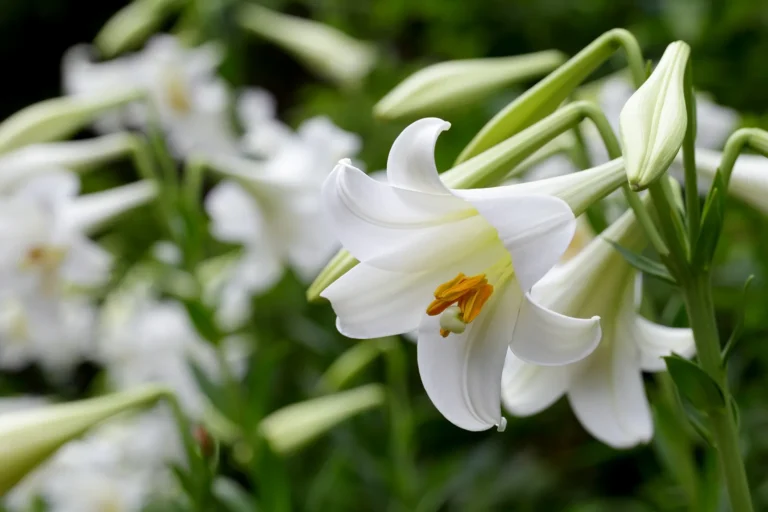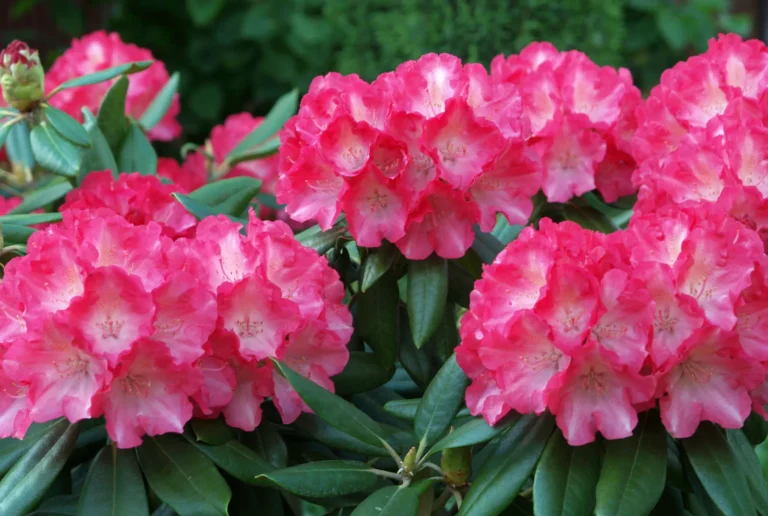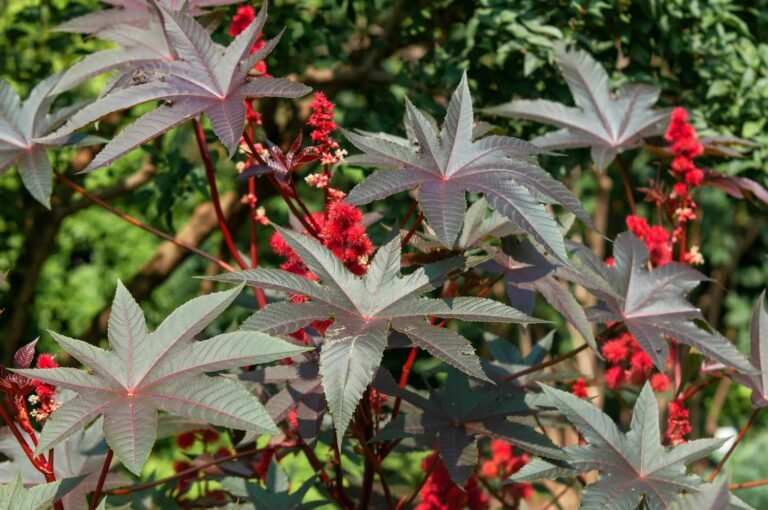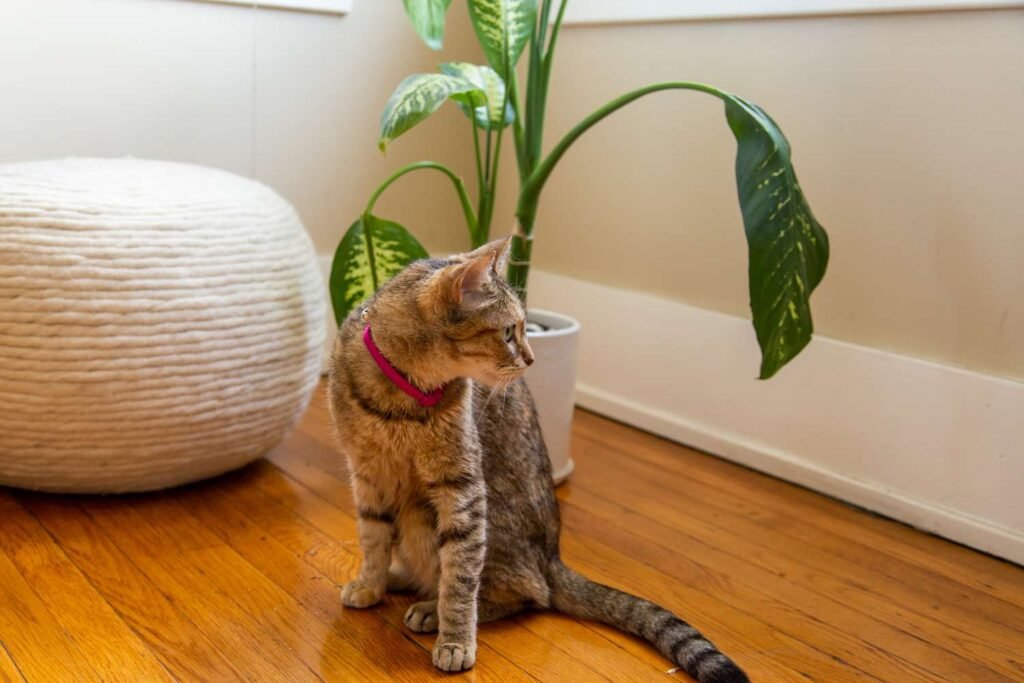Cats are curious creatures, often exploring their surroundings with playful abandon. While this curiosity can lead to delightful discoveries, it can also pose risks, especially when it comes to plants. Many common houseplants and garden greens can be toxic to cats, causing a range of symptoms from mild discomfort to severe poisoning. In this blog, we’ll discuss some of the most common toxic plants for cats, how poisonous they are, and what to do if your feline friend comes into contact with them.
Lillies

Lilies are highly toxic to cats, especially Easter lilies and tiger lilies. Ingesting any part of these plants, even just a nibble on the leaves or stems, can lead to kidney failure in cats. Symptoms include vomiting, lethargy, and a loss of appetite. Immediate veterinary attention is crucial if your cat encounters lilies.
Pothos

Pothos, also known as devil’s ivy or money plant, is a popular houseplant, but it’s toxic to cats. Ingesting pothos can lead to irritation of the mouth, drooling, and vomiting. It’s important to keep this plant out of your cat’s reach.
Philodendron

Philodendron plants contain calcium oxalate crystals, which can irritate a cat’s mouth and digestive tract. This irritation can lead to drooling, vomiting, and difficulty swallowing. In severe cases, it can cause breathing difficulties.
Aloe Vera

While aloe vera is well-known for its soothing properties, it’s not safe for cats. Ingesting aloe vera can lead to gastrointestinal upset, lethargy, and diarrhea. Cats should be kept away from this plant.
Azaleas

Azaleas are highly toxic to cats, and ingestion can lead to symptoms like drooling, vomiting, diarrhea, and, in severe cases, heart issues. If your cat encounters azaleas, seek immediate veterinary care.
Oleander

Oleander is a beautiful but dangerous garden plant. Ingesting any part of it can cause severe toxicity in cats, leading to symptoms like drooling, heart issues, and even death. Keep oleander away from your cat.
Castor Bean Plant

The castor bean plant contains ricin, a highly toxic substance. Ingesting just a single castor bean can be fatal for cats. Symptoms include severe abdominal pain, drooling, and seizures. This plant should be avoided at all costs.
Please note that the plants mentioned in this blog are just a few examples of common toxic plants for cats. The list of toxic plants is extensive, and it’s essential to be well-informed about the plants in your surroundings. For a more comprehensive list of toxic plants and further guidance on pet-safe greenery, you can refer to detailed list to ensure your home and garden remain a safe haven for your feline companion.
Preventing Plant Poisoning
To keep your cat safe from toxic plants, it is important to:
- Research plants before bringing them into your home
- Keep toxic plants out of reach
- Consider using cat-friendly alternatives
- Monitor your cat’s behavior around plants
- Seek immediate veterinary care if you suspect plant poisoning
What to Do If Your Cat Is Exposed to Toxic Plants
If you suspect your cat has ingested a toxic plant, contact your veterinarian immediately. Time is of the essence, and early intervention can make a significant difference in your cat’s recovery. Do not attempt to induce vomiting or administer home remedies without professional guidance.
Prevention is key when it comes to protecting your cat from toxic plants. Ensure that your home and garden are free from these harmful greens, and keep your feline friend safe. When in doubt, consult your veterinarian for advice on pet-friendly plants and safe alternatives.
Remember, your cat’s health and safety are of the utmost importance, so it’s worth taking the extra steps to provide a secure environment free from toxic plants.


Pingback: What You Need to Know Before Bringing a Cat into Your Life
Pingback: Christmas Trees – Which Ones Are Safe For Your Cat